

Articles
How To Store Books Without A Bookshelf
Modified: August 24, 2024
Looking for alternative ways to store your articles without a bookshelf? Discover creative solutions for organizing your books in this helpful guide.
(Many of the links in this article redirect to a specific reviewed product. Your purchase of these products through affiliate links helps to generate commission for Storables.com, at no extra cost. Learn more)
Introduction
Books are not only a source of knowledge and entertainment but can also serve as decorative pieces in a home. However, not everyone has the space or budget for a traditional bookshelf. Luckily, there are various creative solutions available for storing books without a bookshelf. Whether you live in a small apartment or simply want to add some flair to your book storage, these ideas can help you maximize space and showcase your favorite reads.
In this article, we will explore different ways to store books without a bookshelf, ranging from floating shelves to repurposed items and unique DIY ideas. So, let’s dive in and discover the innovative ways to organize and display your books!
Key Takeaways:
- Creative and practical solutions for storing books without a traditional bookshelf include utilizing floating shelves, repurposed items, and DIY book nooks, offering options for every taste and preference.
- From wall-mounted book storage to storage ottomans, there are numerous innovative ways to organize and showcase your book collection while maximizing space and adding aesthetic appeal to your home.
Read more: How To Organize Books Without A Bookshelf
Utilizing Floating Shelves
Floating shelves are an excellent option for storing books without a traditional bookshelf because they take up minimal space and create a sleek and modern look. These shelves are installed directly on the wall, giving the illusion that they are “floating” with no visible brackets or supports.
To utilize floating shelves for book storage, start by selecting the desired location. This could be a blank wall in your living room, bedroom, or even in a hallway. Measure the space and determine how many shelves you need based on the number of books you wish to display.
Next, install the floating shelves according to the manufacturer’s instructions. Use a level to ensure they are straight and evenly spaced. Once the shelves are securely mounted, arrange your books on them. You can organize them by genre, author, or color to create an aesthetically pleasing display.
When utilizing floating shelves for book storage, it’s important to distribute the weight evenly to avoid overburdening the shelves. Also, consider using bookends to keep the books upright and prevent them from falling.
Floating shelves not only provide a practical storage solution but also serve as a stylish decorative element in your space. You can choose floating shelves in different materials, such as wood or metal, to match the existing decor in your room. Additionally, incorporating decorative items like plants or small artwork alongside your books can add visual interest to the display.
Remember to regularly dust and clean the shelves to keep your books in optimal condition and ensure they remain a focal point in your home.
Creating Wall-mounted Book Storage
If you’re looking for a more customizable and space-saving option, wall-mounted book storage can be a great solution. This method allows you to maximize vertical space and create a unique display for your books.
One way to create wall-mounted book storage is by installing a series of wall-mounted book ledges. These ledges are long, narrow shelves that are specifically designed to hold books. They can be easily installed on the wall using brackets or nails.
Start by measuring the space where you want to install the book ledges. Determine the number of ledges you need based on the number of books you want to store. Place the ledges evenly along the wall, leaving enough space between each ledge to accommodate the height of your books.
Once the ledges are installed, arrange your books on them by leaning them against the wall with the spines facing outward. This method not only creates a visually appealing display but also makes it easy to access and browse through your book collection.
Another option for wall-mounted book storage is using wall-mounted book pockets or fabric pockets. These pockets can be attached to the wall and used to store individual books. They are particularly useful for children’s books or smaller paperbacks.
To create this type of storage, look for wall-mounted book pocket organizers or fabric pocket panels. Install the panels on the wall, making sure they are securely attached. Then, slide your books into the pockets, arranging them in a way that is visually pleasing and easily accessible.
Wall-mounted book storage offers a unique and customizable solution for displaying books. You can create patterns or designs on the wall using the books, or even incorporate other decorative elements like artwork or framed photos to enhance the overall aesthetic.
When creating wall-mounted book storage, consider the weight-bearing capacity of the shelves or pockets and ensure they are properly secured to the wall. It’s also important to periodically check the stability of the installation and make any necessary adjustments.
By utilizing wall-mounted book storage, you can transform your empty wall space into a functional and visually appealing book display.
Utilizing Decorative Baskets or Bins
If you’re looking for a more rustic and charming way to store your books, utilizing decorative baskets or bins can be a great option. Not only do they provide storage space, but they also add a touch of style to your home decor.
Selecting the right baskets or bins is essential. Look for ones that are spacious enough to hold your books while complementing your existing decor. You can find a variety of options, such as woven baskets, fabric bins, or vintage crates.
Once you have chosen your preferred baskets or bins, you can arrange them on the floor or on a table in a visually appealing manner. Place your books inside, either standing vertically or stacked horizontally, depending on the size of the container.
One advantage of utilizing baskets or bins for book storage is their portability. If you want to change the location or rearrange your books, you can easily move the baskets or bins around without any hassle. This makes it a practical option, especially for those living in smaller spaces or looking for a flexible storage solution.
To add a personal touch, consider labeling the baskets or bins with tags or labels indicating the genre, author, or theme of the books inside. This will make it easy to locate specific books and add a decorative element to the storage area.
Decorative baskets or bins can be placed in various areas of your home, such as by the fireplace, in the living room, or even in a cozy reading nook. They not only provide a functional storage option but also add warmth and character to your space.
It’s important to keep in mind that while decorative baskets or bins are a visually appealing storage solution, they may not be suitable for long-term storage of valuable or delicate books. For those types of books, it’s best to invest in proper bookshelves or other protective measures.
Overall, utilizing decorative baskets or bins for book storage offers a practical and decorative solution. It gives your books a cozy and inviting display while adding a touch of rustic charm to your home.
Using Repurposed Items for Book Storage
When it comes to storing books without a bookshelf, thinking outside the box and repurposing items in your home can lead to some creative and unique storage solutions.
One option is to repurpose wooden crates or wine boxes. These sturdy containers can be stacked vertically or horizontally to create a makeshift bookshelf. You can leave them as is for a rustic look or paint them to match your decor. Arrange your books inside the crates, making sure they are stable and not at risk of falling.
Another repurposed item that works well for book storage is a ladder. A wooden ladder can be leaned against a wall, and the rungs can serve as bookshelves. Ensure the ladder is secure and won’t tip over. This option not only provides storage but also adds a unique and vintage touch to your space.
If you have an old dresser or chest of drawers that you no longer use, consider transforming it into a book storage unit. Remove the drawers and line the shelves with your books. You can even repurpose the drawers by using them as individual storage compartments or creating book nooks within the larger unit.
Repurposing wall-mounted shelves or display cabinets can also make for an interesting book storage solution. These items may have been originally intended for displaying decor or collectibles, but they can easily be adapted to hold books. Simply arrange your books on the shelves or in the compartments, and you’ll have an eye-catching book display.
Other repurposed items for book storage include old suitcases, wooden wine crates, milk crates, or even sturdy shoe boxes. These items can be stacked, arranged, or mounted on the wall to hold your books, adding a unique and eclectic look to your space.
When repurposing items for book storage, ensure that the items are stable enough to support the weight of the books. Take into consideration the size and condition of the repurposed piece to prevent any damage to your books and ensure the safety of your storage setup.
Repurposing items for book storage not only gives new life to old items but also allows for a personalized and creative storage solution. It’s a way to showcase your books while adding a unique and decorative element to your home.
Read more: How To Store Books Without Clutter
Utilizing Bookends
Bookends are not just decorative pieces; they can also serve as practical tools for organizing and storing your books without a bookshelf. Bookends come in various materials, styles, and designs, making them a versatile storage solution.
To start utilizing bookends for book storage, select bookends that are sturdy and appropriately sized for your collection. You can choose from traditional metal bookends, wooden bookends, or even creative and whimsical designs that add a fun touch to your book display.
Arrange your books on a tabletop or a sturdy surface, ensuring they are positioned upright. Use the bookends to secure the books in place, preventing them from toppling over. This method is ideal if you have a smaller collection of books or frequently access certain titles.
Bookends can be placed on a shelf, a desk, or even a windowsill. Not only do they keep your books neatly organized, but they also add visual interest and a touch of personality to your space.
Another way to utilize bookends is by creating small book stacks. Instead of arranging books in a linear formation, create a stack of books with a bookend at each end. This can create an interesting and dynamic visual display, particularly if you alternate book sizes or incorporate decorative objects in between the stacks.
Bookends can also be used to divide and separate different sections of your book collection. For example, you can use them to mark the boundary between fiction and non-fiction books, or to distinguish books of different genres or authors.
If you want to add a personal touch to your bookends, consider decorating or customizing them. Paint them in your favorite color, add decals or stickers that reflect your interests, or even wrap them in fabric or paper that complements your room’s decor.
Remember to periodically dust and clean your bookends to ensure they stay in good condition and maintain their functionality. Additionally, reposition the bookends and rearrange the books from time to time to refresh the look of your display.
Utilizing bookends for book storage is not only practical but also allows you to showcase your books in a stylish and organized manner. With the wide range of bookend options available, you can find the perfect ones to match your personal style and enhance your home’s aesthetics.
Consider using decorative storage boxes or baskets to keep books organized and easily accessible without a bookshelf. Place them on a sturdy surface or under a bed for a space-saving solution.
Storing Books Under Beds or Couches
If you’re struggling with limited space in your home, one often overlooked option for storing books is utilizing the space under your beds or couches. These areas can provide hidden storage solutions while keeping your books easily accessible.
To start storing books under your bed, measure the height of the space between the floor and the bottom of your bed frame. This will help you determine the size of books you can fit in that space. If it’s a large enough gap, you can place books directly on the floor. However, if it is a smaller clearance, consider using shallow plastic containers or storage bins to hold your books.
If you’re using containers, make sure they are sturdy and stackable. Label the containers to easily identify the books inside. Slide the containers under your bed, either pushed against the wall or in the center depending on your space’s configuration.
When it comes to storing books under your couch, the process is similar. Measure the height and width of the space under your couch to determine the size of books that can fit. Utilize shallow containers or baskets and slide them underneath. Make sure the containers are easily accessible by pulling them out from the front or sides of the couch.
Storing books under beds or couches can be a practical solution, especially if you have a large book collection. It allows you to utilize space that would otherwise go unused, maximizing the functionality of your furniture. Additionally, it keeps your books out of sight, reducing clutter in the room.
Consider organizing your books in separate containers or bins based on genres, authors, or any other categorization that suits your preference. This will make it easier to find specific books when you need them.
It’s essential to keep in mind that storing books under beds or couches may not be ideal for delicate or valuable books, as they may be more prone to damage. However, it can work well for paperback novels, magazines, or other less fragile items in your collection.
Regularly check for any signs of moisture or humidity under your bed or couch. Ensure proper ventilation to prevent any damage to your books from moisture or mold.
Storing books under beds or couches is a clever way to optimize space and keep your books organized. It’s a great option for those with limited space or for anyone looking to declutter their living areas while still having their books within easy reach.
Creating a DIY Book Nook
If you’re a book lover and want a dedicated space to cozy up and read, creating a DIY book nook can be the perfect solution. A book nook provides a comfortable and secluded space for you to immerse yourself in your favorite books.
Start by selecting a suitable location in your home for your book nook. It could be a corner of your living room, a window alcove, or even a small unused space under the stairs. Consider the natural lighting, comfort, and privacy of the area.
Once you’ve chosen the location, begin transforming it into a cozy reading retreat by setting up seating. You can opt for a comfortable armchair, a cozy bean bag chair, or even layer floor cushions to create a relaxed seating area. Add plush pillows and a soft throw blanket for extra comfort.
The next step is to create shelving or storage for your books. One option is to install floating shelves on the wall near your reading nook. Arrange your favorite books on the shelves, making them easily accessible while adding a decorative element to the space. Alternatively, you can repurpose a small bookshelf or use stacked crates as a makeshift book display.
To enhance the ambiance of your book nook, consider adding warm lighting. Use adjustable lamps or sconces to provide soft, indirect lighting that won’t strain your eyes while reading. You can also incorporate string lights or fairy lights to create a cozy and whimsical atmosphere.
In addition to lighting, consider adding some personal touches to make the space uniquely yours. Hang artwork or inspirational quotes that resonate with you. Incorporate plants to bring a touch of nature into your reading nook. Display any sentimental items or book-related decor that adds a sense of connection to your reading experience.
To complete your DIY book nook, create a small side table or tray for holding beverages, snacks, or a reading lamp. This will provide convenience and ensure that everything you need is within reach.
Remember, the key element of a book nook is comfort and personalization. Customize your space to reflect your personal taste and interests. Experiment with colors, textures, and accessories that create a cozy and inviting atmosphere.
Whether you’re curling up with a novel, studying for an exam, or simply seeking a quiet space to unwind, a DIY book nook offers the perfect sanctuary for book lovers. It’s a dedicated space where you can escape into the world of literature and indulge in hours of reading pleasure.
Utilizing Vertical Storage Space
When it comes to storing books without a bookshelf, utilizing vertical storage space is a smart and efficient strategy. By making use of walls, doors, and other vertical surfaces, you can maximize storage capacity while saving valuable floor space.
One popular option for vertical storage is utilizing wall-mounted bookshelves. These can be easily installed on the wall, creating a functional and visually appealing display for your books. You can find a variety of bookshelf designs, from simple floating shelves to intricate wall-mounted bookcases with adjustable shelves.
Determine the location where you want to install the shelves. It could be in your living room, home office, or even in a hallway. Measure the available wall space and consider the dimensions of the books you plan to store. Install the shelves securely, ensuring they are level and properly supported to bear the weight of the books.
Another way to maximize vertical storage space is by using over-the-door organizers or hanging storage pockets. These organizers typically consist of pockets or compartments that can hold small to medium-sized books. They are designed to be hung over doors, allowing you to fully utilize the vertical space behind a door without taking up any floor space.
Install an over-the-door organizer on the back of a closet or bedroom door to create a discrete and convenient book storage solution. You can categorize your books by genre or author and easily see what’s available at a glance. This method is particularly useful for storing smaller books or children’s books.
Besides dedicated book storage solutions, you can also get creative with vertical storage by utilizing other items or furniture. For example, you can repurpose a ladder by leaning it against the wall and using the rungs as bookshelves. Alternatively, utilize a tall book stand or a decorative ladder to display and organize your books vertically.
Don’t forget about using the space above cabinets or on top of furniture. Place a few books vertically on top of a cabinet or wardrobe to add visual interest and make use of otherwise wasted space.
When utilizing vertical storage space, it’s important to consider the weight-bearing capacity of the shelves or storage units. Ensure they are securely mounted to the wall or properly supported to avoid accidents or damage to your books.
Utilizing vertical storage space not only offers a practical solution for organizing and storing your books but also adds a decorative element to your space. By taking advantage of vertical surfaces, you can create an efficient and visually appealing book display in any room of your home.
Read also: 10 Incredible Tall Bookshelf for 2025
Storing Books in Storage Ottomans
Storage ottomans are versatile and functional furniture pieces that can serve as a secret storage solution for your books. They not only provide a place to rest your feet but also offer hidden compartments to keep your books organized and out of sight.
When choosing a storage ottoman for book storage, look for one with a hinged or removable top that allows easy access to the storage compartment inside. Consider the size and depth of the ottoman to ensure it can accommodate the number of books you wish to store.
Once you have your storage ottoman, organize your books and place them inside the storage compartment. You can stack them horizontally or vertically, depending on the size of the ottoman and your preference. Consider using dividers or bookends inside the ottoman to keep the books upright and prevent them from shifting or falling.
Storage ottomans provide a discreet and space-saving option for storing books, especially in living rooms or bedrooms where space may be limited. They seamlessly blend into the room’s decor and can serve as additional seating or a decorative accent piece.
In addition to storing books, storage ottomans can also be used to store other items such as blankets, magazines, or remote controls, making them a versatile storage solution for various purposes.
When it comes to accessing your books stored in a storage ottoman, simply lift the top or remove it completely, depending on the ottoman’s design. This makes it easy to quickly retrieve a book whenever you’re in the mood for reading.
Storage ottomans come in various styles, colors, and materials. Choose one that complements your room’s decor and personal taste. You can opt for a simple and minimalist design or a more ornate ottoman to make a statement in your space.
It’s important to ensure the storage ottoman is sturdy and well-made. Check that the hinges or closures are of good quality to withstand frequent opening and closing. Additionally, periodically dust and clean the ottoman to keep your books in optimal condition and maintain the overall cleanliness of the storage space.
Storing books in storage ottomans offers a practical and stylish solution for book storage, especially in spaces with limited floor space or when you prefer a more discreet way to store your books. It’s a versatile option that pairs functionality with aesthetic appeal, making it a great addition to any room in your home.
Conclusion
Storing books without a traditional bookshelf doesn’t mean compromising on organization or style. In fact, there are numerous creative and practical solutions available to help you make the most of your space and showcase your book collection. From floating shelves to repurposed items and DIY book nooks, there are options for every taste and preference.
Utilizing floating shelves provides a sleek and modern storage solution, while creating wall-mounted book storage allows you to customize and personalize your display. If you prefer a rustic touch, decorative baskets or bins can be used to store books while adding charm to your home decor. Repurposing items such as wooden crates or ladders adds a unique and eclectic look to your book storage.
Bookends are not only practical for organizing books but also add a decorative touch to your space. Storing books under beds or couches allows for hidden storage, while creating a DIY book nook provides a cozy and dedicated reading space. Vertical storage space can be optimized using wall-mounted shelves or over-the-door organizers.
Lastly, storage ottomans offer a discreet and space-saving option for organizing books while providing additional seating or functional storage within your living space.
In conclusion, there are numerous creative solutions for storing books without a bookshelf. By utilizing these ideas, you can not only organize your book collection but also enhance the aesthetic appeal of your home. Whether you have limited space or simply want to showcase your books in a unique way, there is a storage option that suits your needs. So, start exploring these options and create your own innovative book storage solution today!
Frequently Asked Questions about How To Store Books Without A Bookshelf
Was this page helpful?
At Storables.com, we guarantee accurate and reliable information. Our content, validated by Expert Board Contributors, is crafted following stringent Editorial Policies. We're committed to providing you with well-researched, expert-backed insights for all your informational needs.
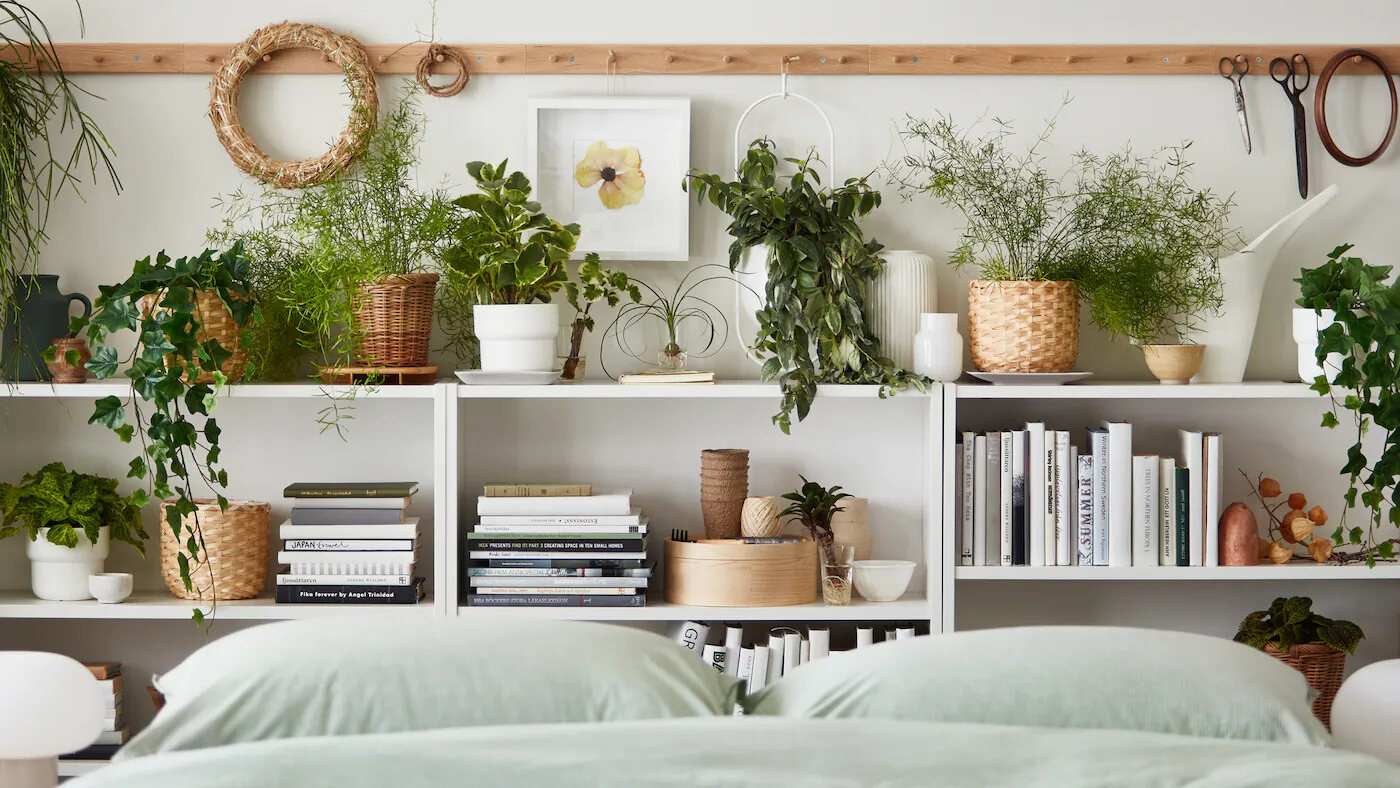



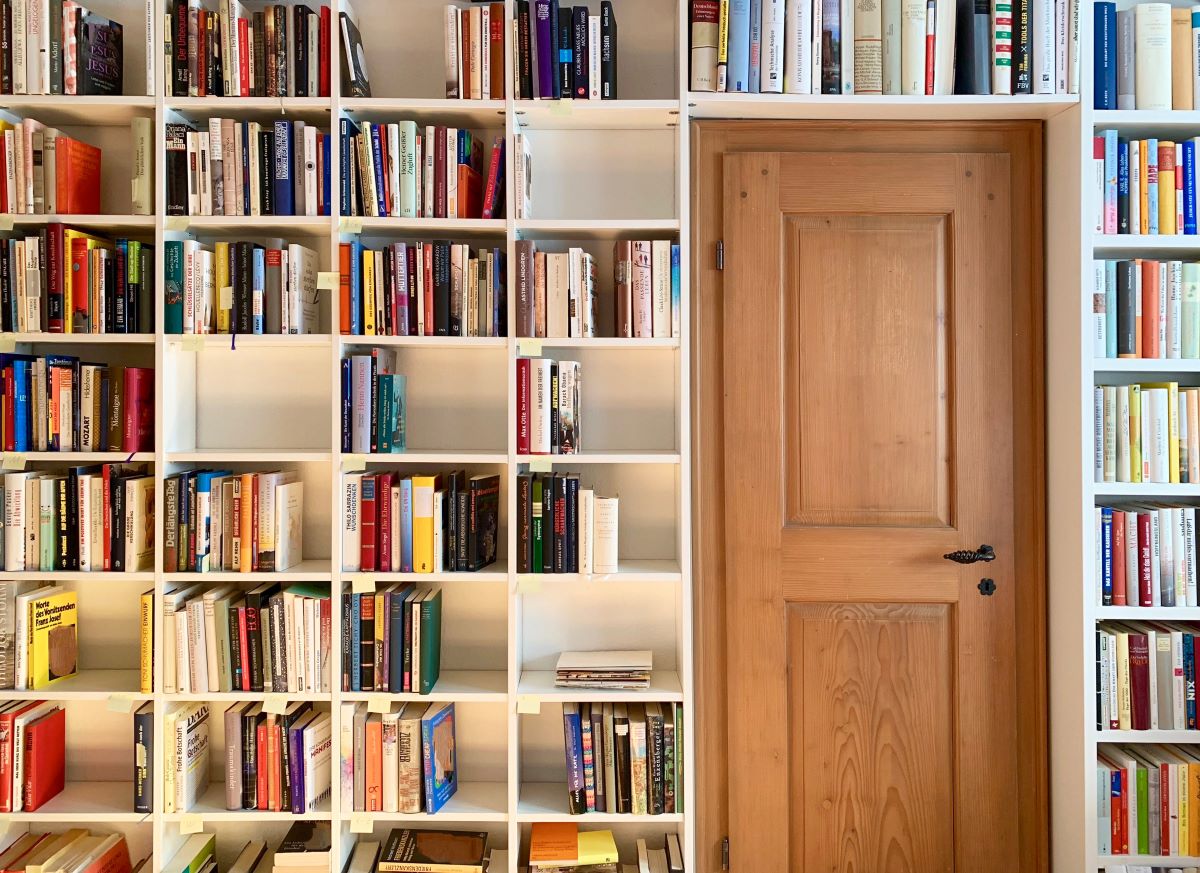
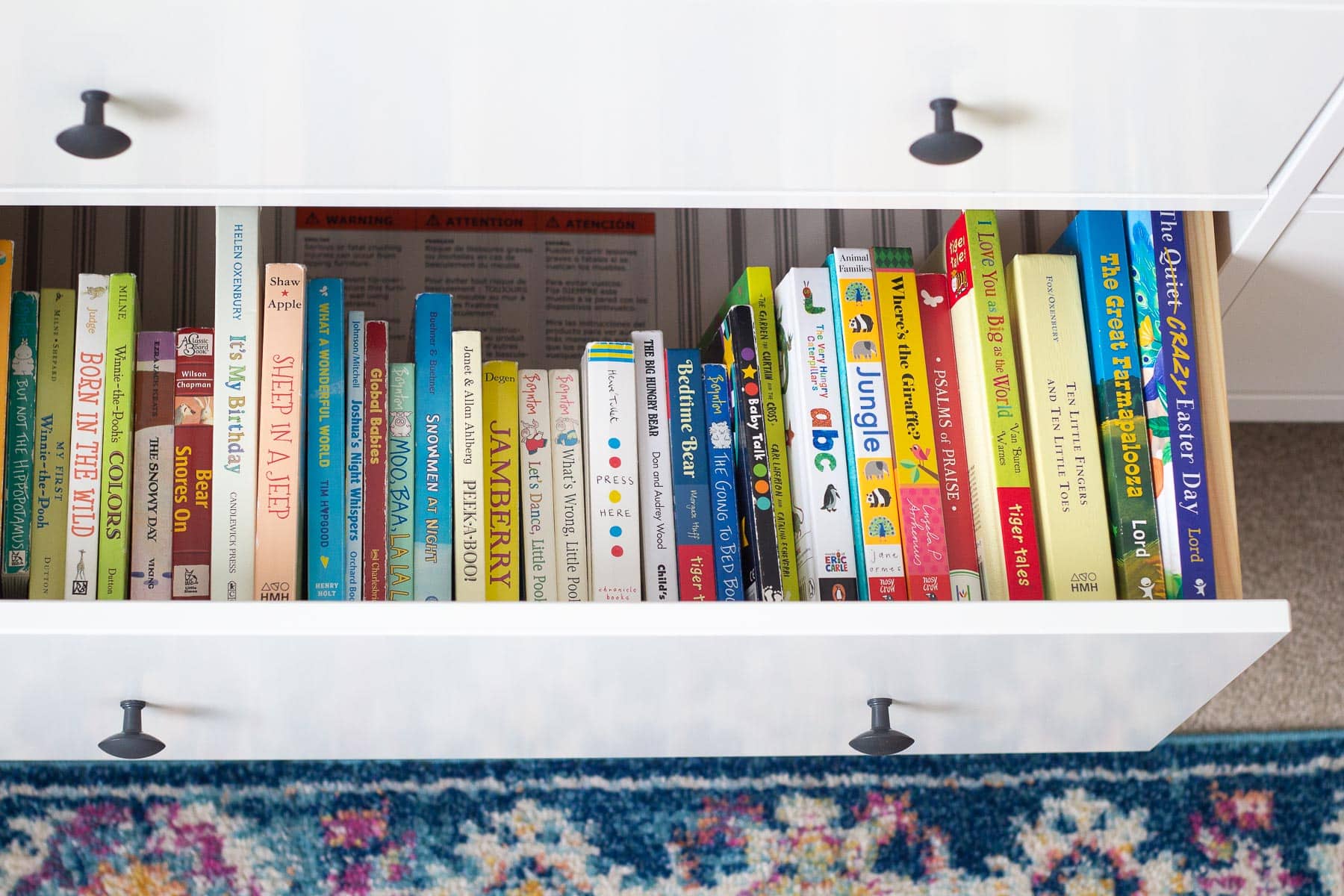

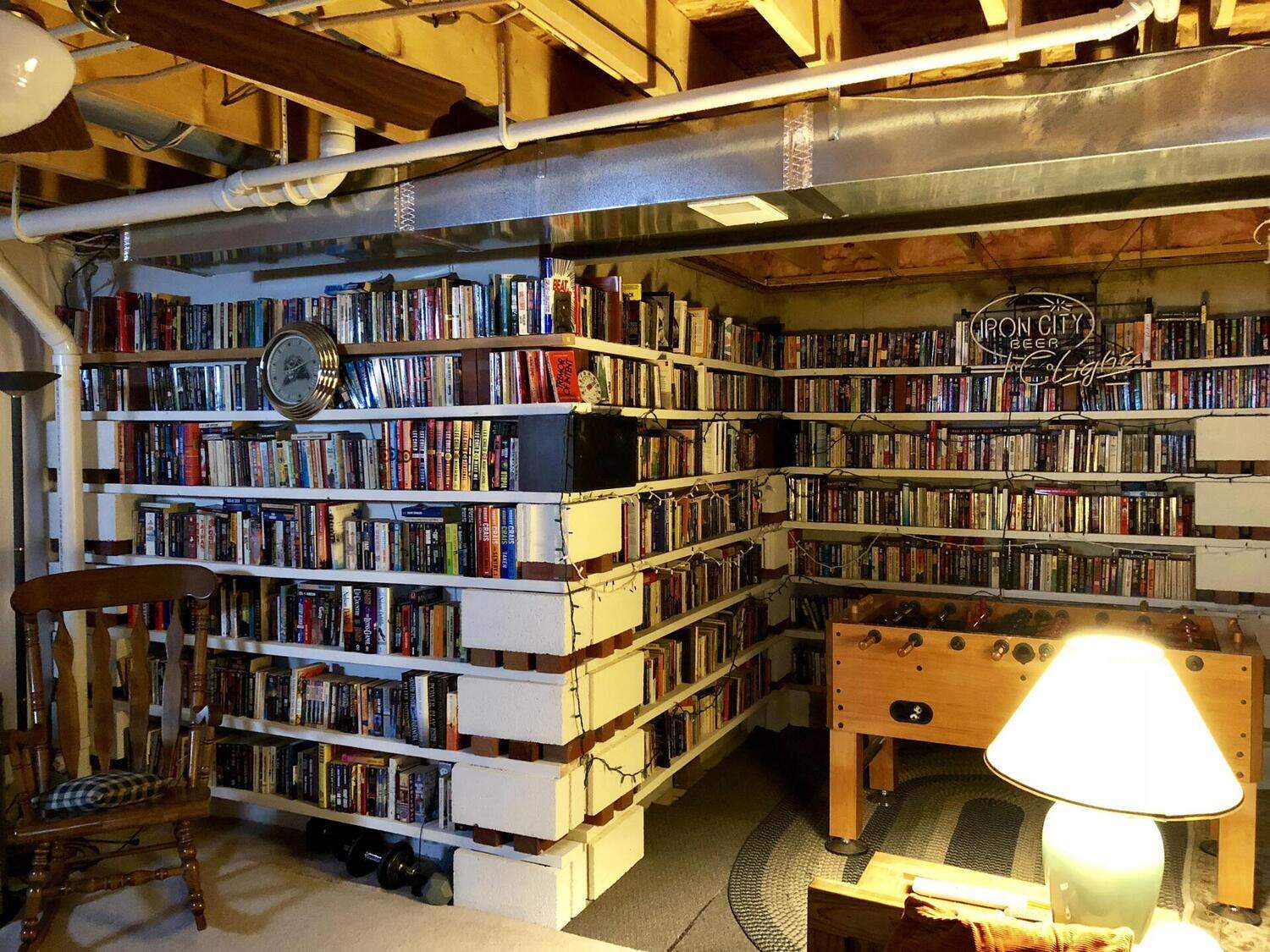




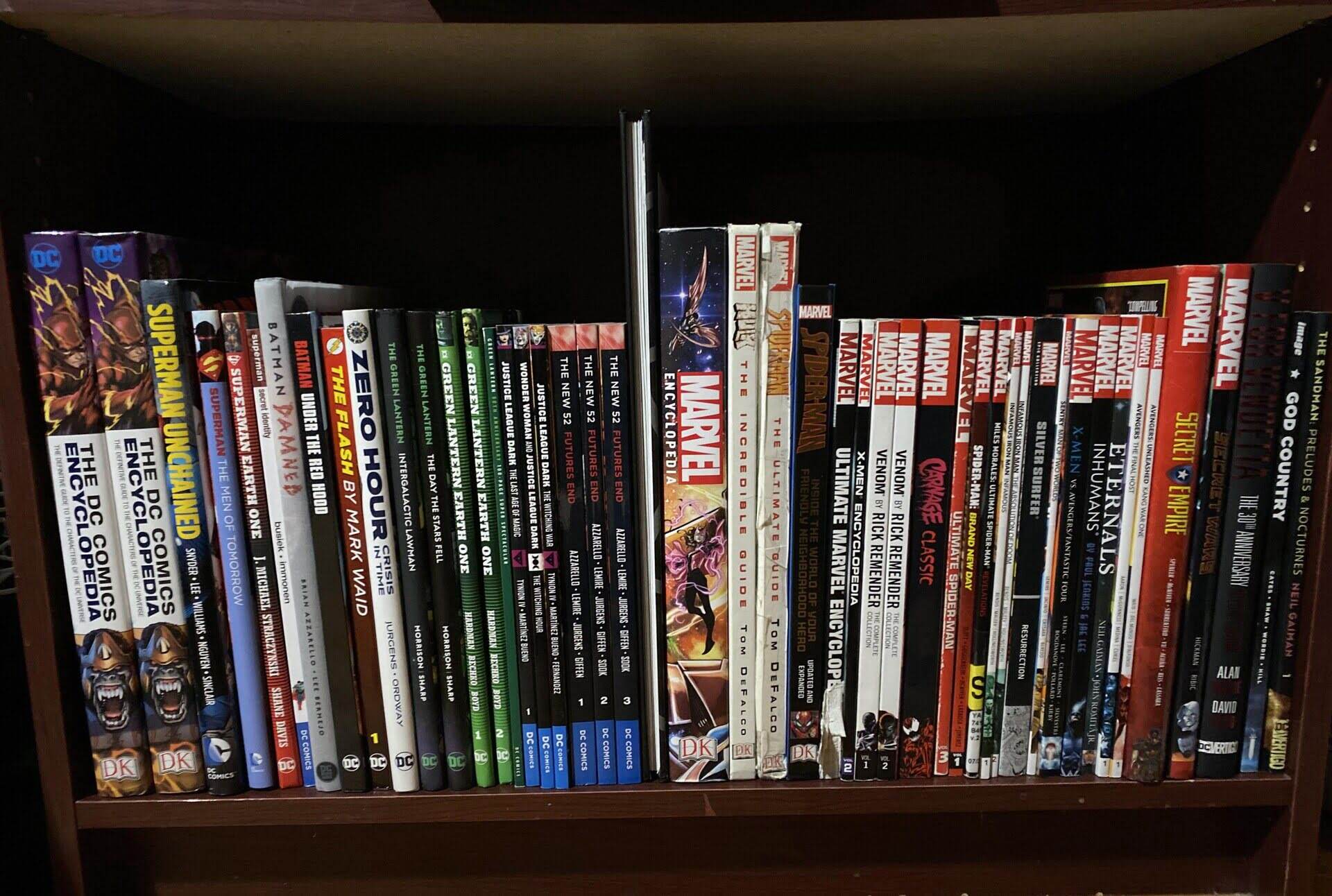

0 thoughts on “How To Store Books Without A Bookshelf”